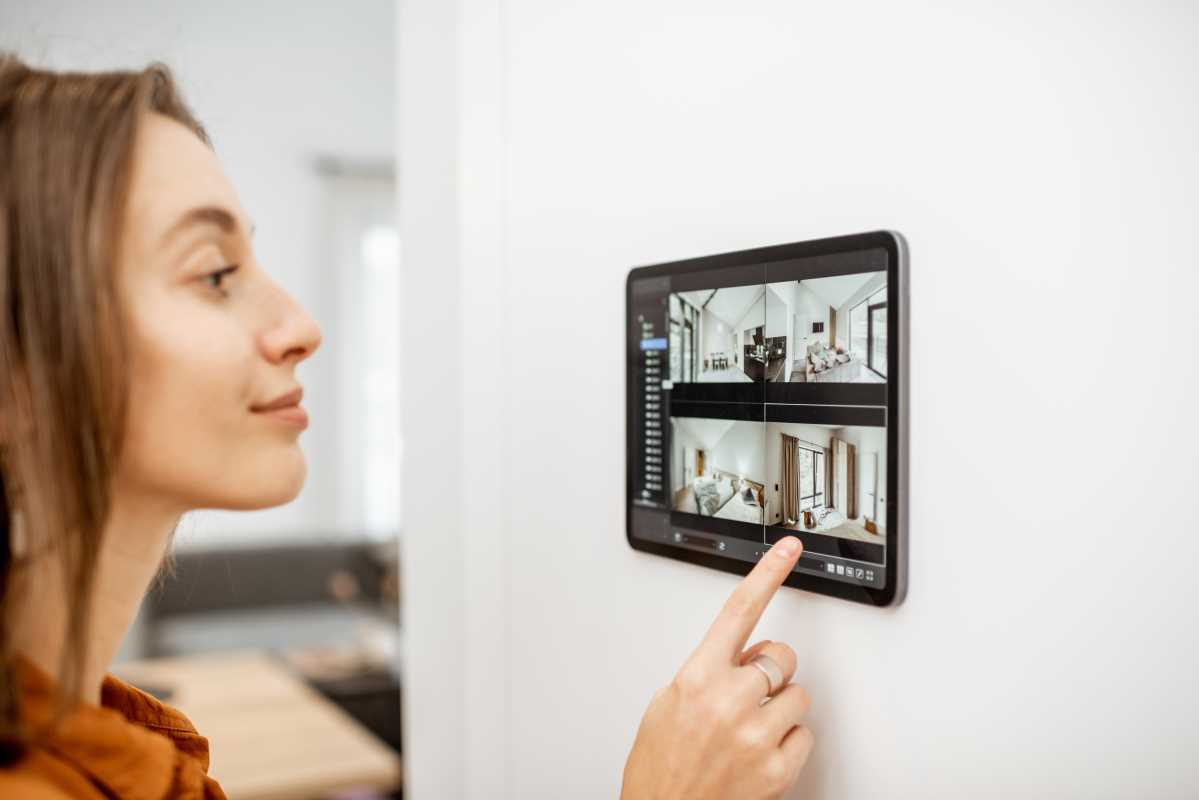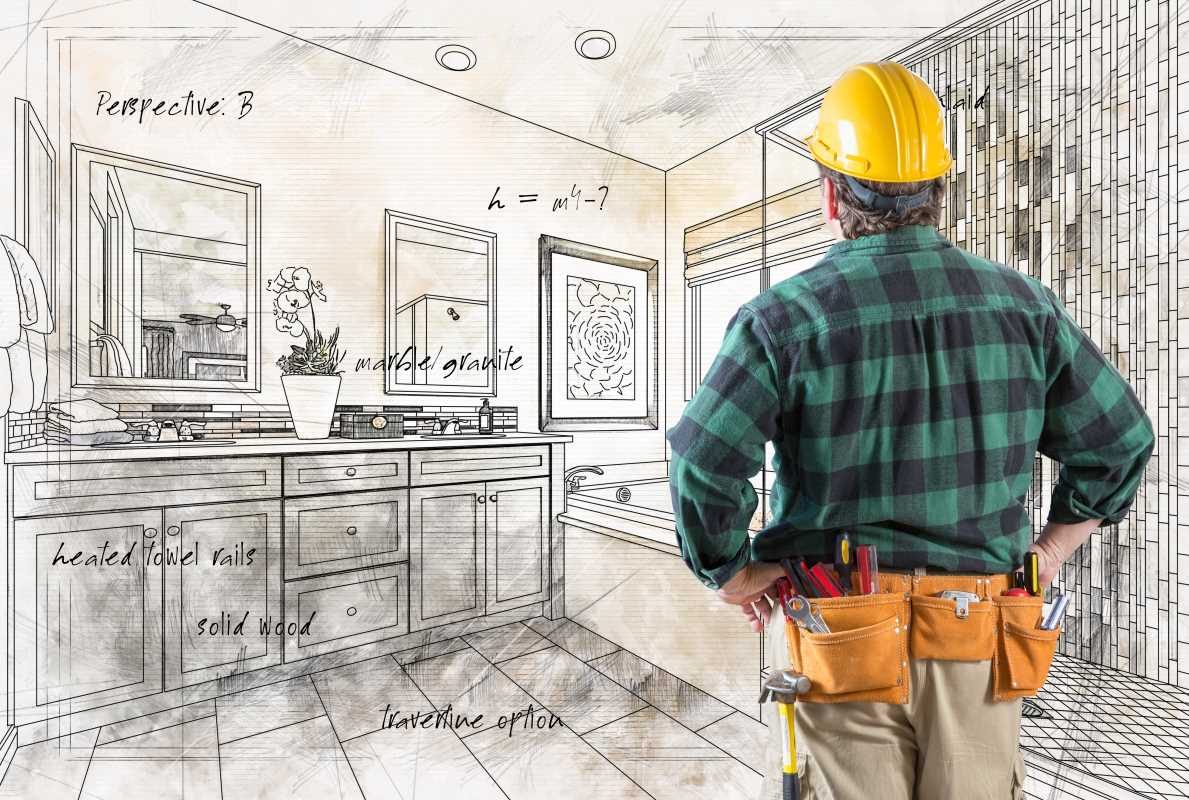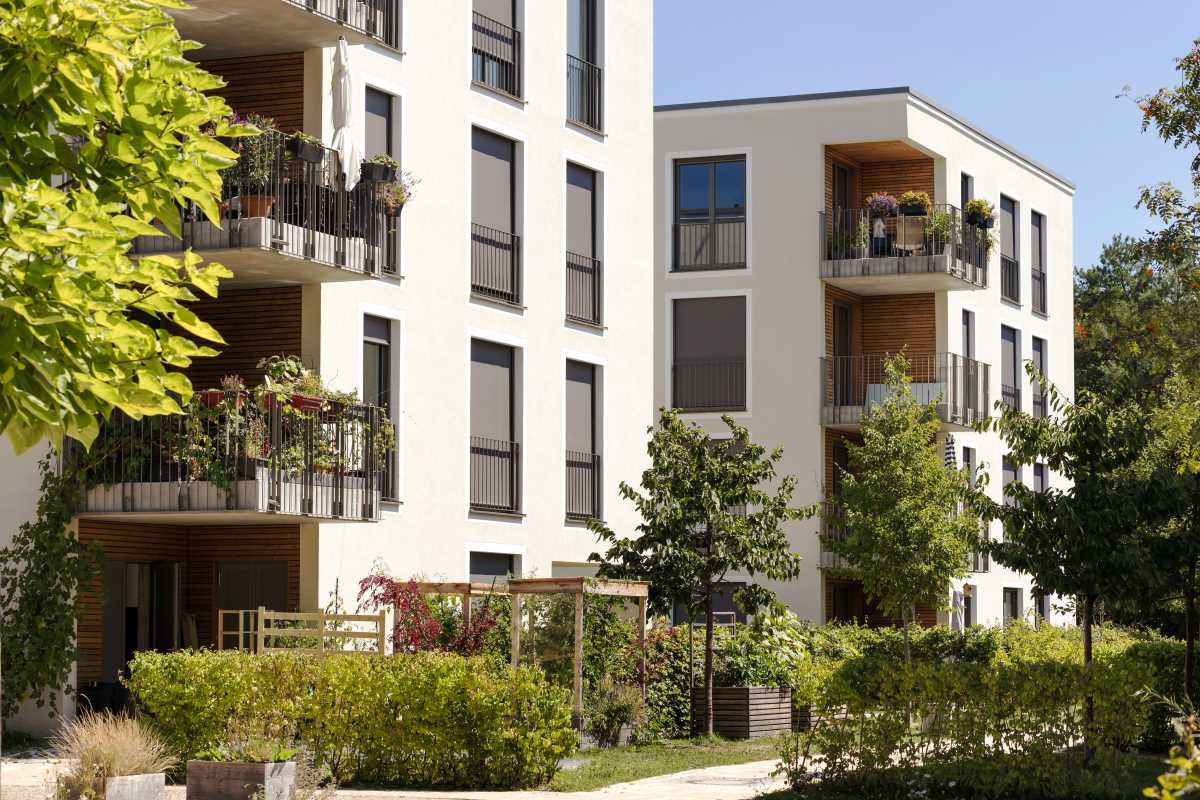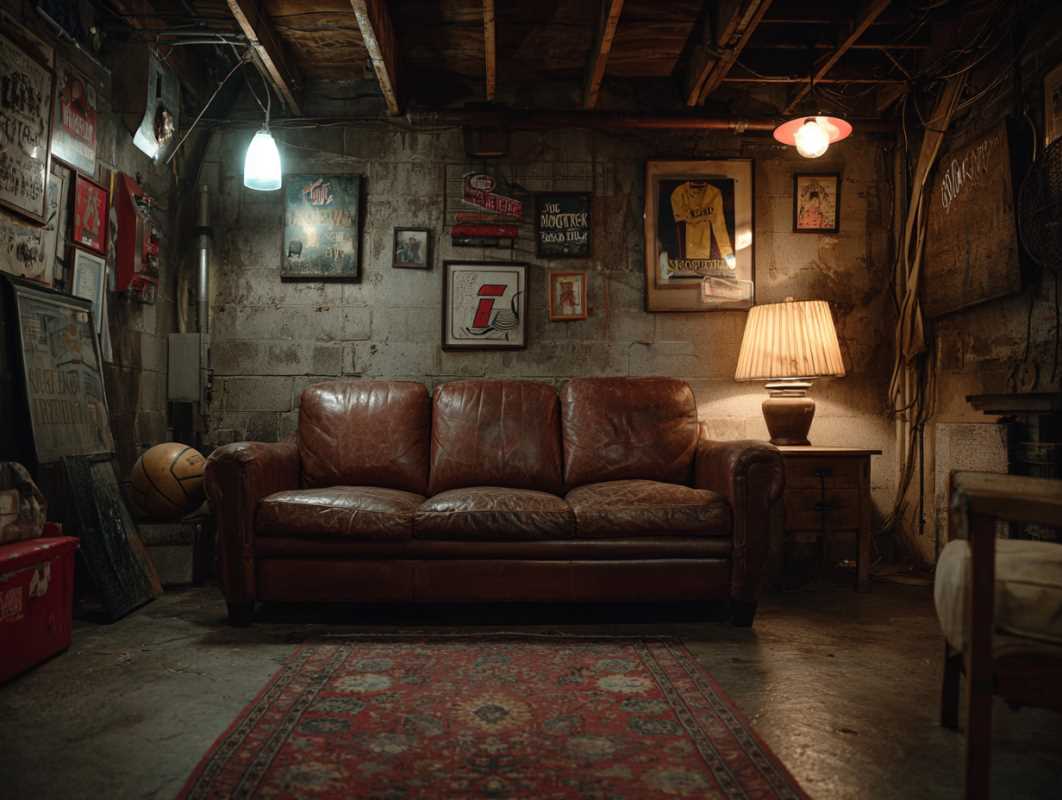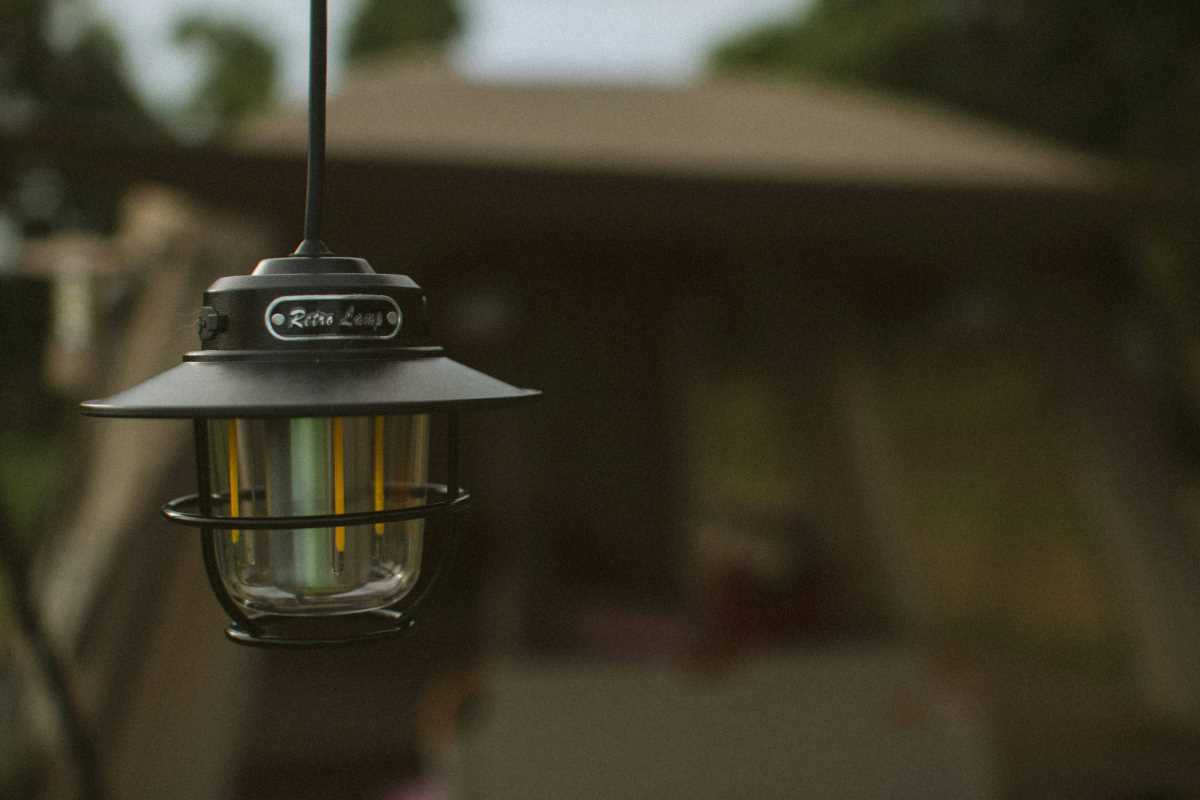Many people want to make their homes safer without hiring professionals or spending a lot of money. This guide offers easy-to-follow directions for improving your home security on your own. You will find straightforward tips, budget-friendly solutions, and simple projects you can start today to protect your home and loved ones. Every suggestion uses clear language and real-world examples so you can take action immediately. Whether you are new to DIY home improvements or have some experience, these steps help you create a more secure environment quickly and with confidence.
From checking your current security measures to installing smart devices, every tip is explained with ease in mind. Dive into the steps provided, and start making small yet effective improvements around your home.
How to Evaluate Your Current Security Measures
Start by examining your current home security setup closely. Walk around your property and look for areas that might need attention. Notice any weak spots, such as old locks or visible signs of wear on fences or doors. Ask yourself if your current measures feel sufficient or if a few tweaks could boost your comfort level.
Document what you find to help plan your next moves. Take pictures, note down issues, and list the most vulnerable points to make the process less overwhelming. This initial review creates a foundation for a personalized security upgrade that meets your needs.
Securing Entry Points: Doors and Windows
Your doors and windows act as the primary barriers against unwanted entry. Making sure these entry points are sturdy not only deters intruders but also boosts your overall security confidence. Start with the basics and gradually invest in better components that fit your budget.
Follow these practical steps to secure your entry points:
- Replace aging or faulty door locks with modern, reliable ones that feature deadbolts.
- Add window sensors or reinforce glass panels using security film to prevent break-ins.
- Install door chain locks or swing bolts to add extra layers of security.
- Check the condition of frames and hinges and repair any damage immediately.
- Upgrade to weather-resistant doors or windows if you live in areas with harsh climates.
Setting Up DIY Alarm and Surveillance Systems
Installing your own alarm or camera system can be an empowering project that saves money and increases safety. Many kits on the market are easy to install and come with user-friendly instructions suitable for beginners. You are often only a few steps away from a fully functional system.
Keep these points in mind when installing DIY alarm and surveillance systems:
- Research system reviews to choose a set-up known for reliability.
- Select devices that connect well with your mobile phone for easy monitoring.
- Place cameras in key locations, such as entryways, hallways, and zones that show movement.
- Test the alarm functionality regularly to ensure it activates promptly during emergencies.
- Consider hybrid systems that combine both wired and wireless components if needed.
Enhancing Outdoor Lighting to Keep Intruders Away
Bright outdoor lighting can discourage unwanted visitors by illuminating dark or hidden spots around your home. Installing proper lighting not only improves your home's appearance but also creates a safer environment at night. The right lights act as an additional defense by alerting you and neighbors to unexpected activities.
When upgrading your lighting, start with areas where intruders might hide, such as backyards, garages, and entryways. Look for energy-efficient LED options and motion-sensor lights that turn on automatically when they detect movement. This approach saves energy and increases the immediacy of your deterrence measures.
Using Smart Home Devices to Improve Security
Smart home gadgets provide a convenient and safe way to monitor your property. These devices let you control your home's security remotely, giving you peace of mind whether you're at work or on vacation. Adding smart devices means you can upgrade your home security quickly without calling in professionals.
Connect smart locks, video doorbells, and sensor systems that communicate with your phone through easy-to-install setups. Many of these devices feature user-friendly apps that make configuration simple. Monitoring your home 24/7 and receiving instant alerts stand as major advantages in today’s connected home world.
Developing Good Security Habits
Long-term safety relies on regular maintenance and mindful routines. Creating a habit that includes checking your systems and securing your home daily is essential. Simple actions like locking doors, closing windows, and turning on lights can significantly reduce the risk of intrusions.
Incorporate these actions into your daily and weekly routines:
- Daily: Lock all doors and windows before leaving, turn on exterior lights at dusk, and ensure your security system is armed.
- Weekly: Test your alarm system and cameras, clean and inspect lighting fixtures, and remind family members of safety protocols.
- Monthly: Update passwords for smart devices and review alerts or logs from your systems.
Consistent small actions help create a safe, secure home. Paying attention to these routines not only improves your security but also builds a habit of vigilance and preparedness for any situation.
Staying updated on the latest home safety tips and technology allows you to make ongoing improvements. Enjoy learning and adapting your security measures to fit your daily life.
Following these steps helps you understand what truly makes your home more secure. Simple changes quickly add up, giving you a sense of control and safety without extensive professional help.
This approach helps you manage home improvement costs and maintain confidence in your abilities. Regular upkeep ensures a safe, reliable environment.
